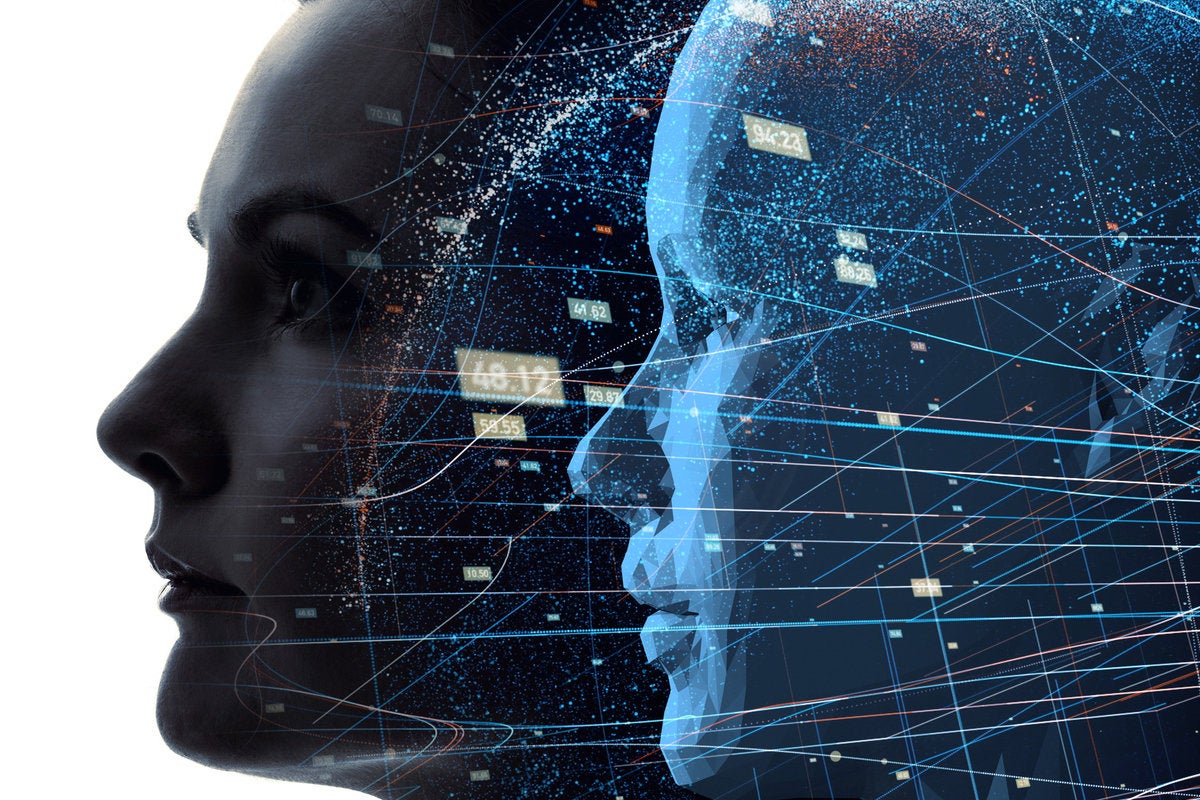
Influencer marketing has become a powerful tool for brands looking to engage with their target audience in a more authentic and relatable way. As social media platforms have evolved, so too have the strategies employed by brands and influencers to connect with consumers. One of the latest trends to emerge in the world of influencer marketing is the use of digital twins to create an even more immersive and engaging experience for followers. You can browse https://justbanter.ai/ to find the best influencer marketing tool.
A digital twin is a virtual representation of a real-world person or object, created using advanced technology such as 3D modeling and animation. In the context of influencer marketing, a digital twin is often used to bring a virtual influencer to life. These virtual influencers, who are entirely computer-generated, have been gaining popularity in recent years as brands look for new and innovative ways to connect with their audience.
One of the key advantages of using digital twins in influencer marketing is the level of control they offer brands. Unlike human influencers, digital twins can be customized to fit a brand's specific aesthetic and messaging, ensuring a consistent and cohesive brand image across all marketing channels. This level of control also extends to the content created by digital twins, as brands can script and direct their virtual influencers to deliver a message that aligns perfectly with their marketing goals.
Another benefit of using digital twins in influencer marketing is the scalability they offer. While human influencers are limited by factors such as availability and scheduling, digital twins can be active 24/7, engaging with followers and creating content around the clock. This means that brands can reach a larger audience more consistently and efficiently than ever before, driving engagement and brand awareness in a way that simply isn't possible with human influencers alone.
Digital twins also offer brands a level of flexibility that is unmatched by human influencers. Because they are entirely computer-generated, digital twins can be easily updated and modified to reflect changes in a brand's messaging or positioning. This means that brands can quickly adapt their influencer marketing strategies in response to changing market conditions or consumer trends, ensuring that their messaging remains relevant and impactful over time.
Additionally, digital twins can help brands overcome some of the challenges associated with traditional influencer marketing, such as authenticity and trust. Because digital twins are not real people, there is no risk of them becoming embroiled in scandals or controversies that could damage a brand's reputation. This can provide brands with peace of mind knowing that their marketing efforts are less vulnerable to external factors that are beyond their control.
Despite these benefits, some critics argue that the use of digital twins in influencer marketing raises ethical questions about transparency and authenticity. Because digital twins are not real people, there is a concern that followers may be misled into believing they are interacting with a genuine influencer, rather than a computer-generated one. To address this, it is crucial for brands to be transparent about the use of digital twins in their marketing efforts and to clearly communicate that their virtual influencers are not real individuals.
Overall, the rise of digital twins in influencer marketing represents an exciting new frontier for brands looking to connect with consumers in a more immersive and engaging way. By leveraging the power of advanced technology, brands can create virtual influencers that offer a level of control, scalability, flexibility, and authenticity that is unmatched by traditional human influencers. As the technology behind digital twins continues to evolve, it will be fascinating to see how brands continue to integrate these virtual influencers into their marketing strategies to drive awareness, engagement, and ultimately, sales.
